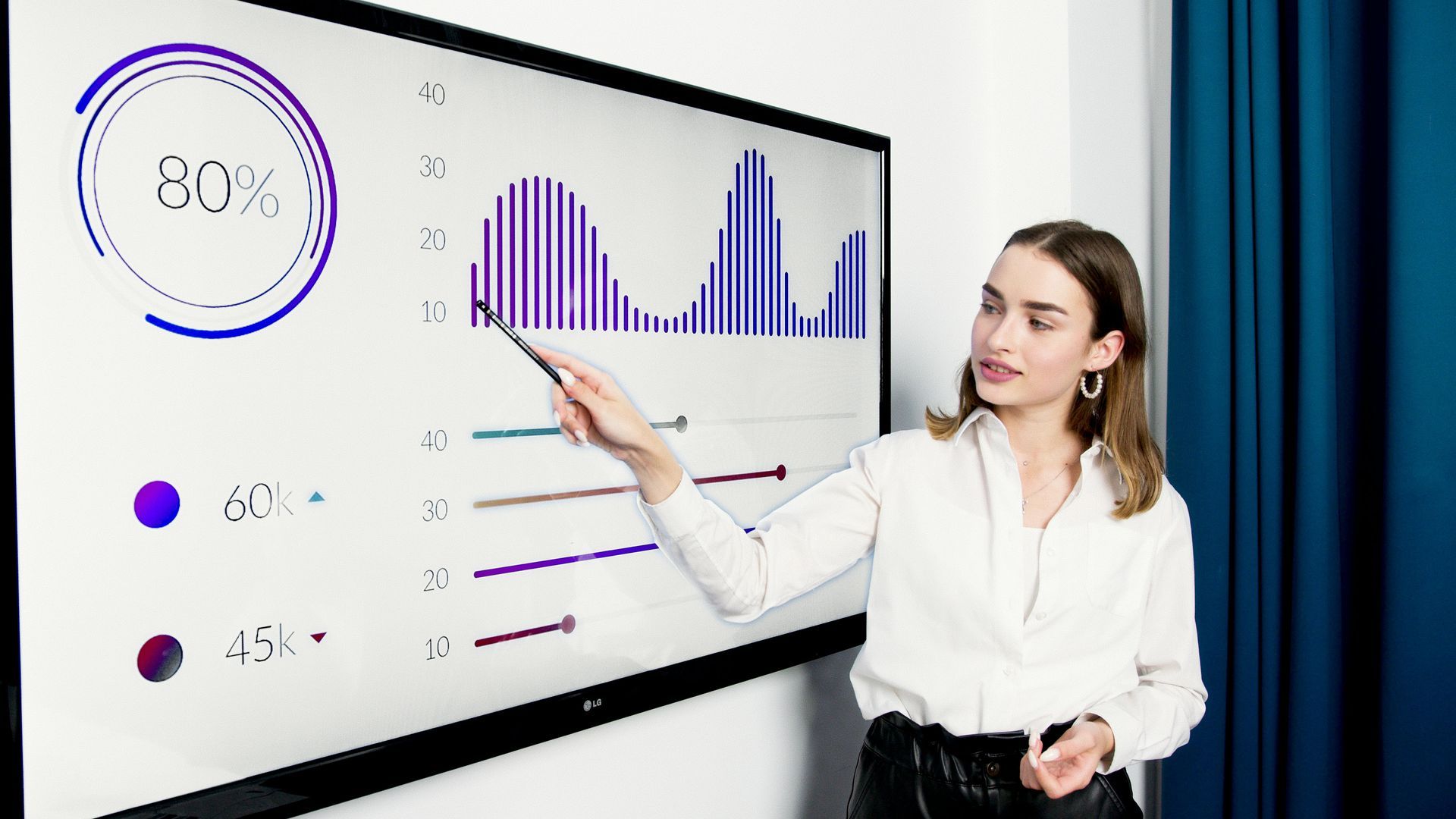How And When to Use Video in PR Campaigns

Flourish PR
There is an old saying that “a picture tells a thousand words” and for those who have a story to tell, being able to use images effectively is an enormously valuable tool.
What everyone is most used to is seeing pictures used as illustration, not to tell the story of a thousand words, but certainly to help make sense of what is written beside it. An obvious example is a newspaper story with an image of a famous person: The visual element will prompt people to read the accompanying words.
When using digital PR, still pictures can still be part of the plan, as elements of a digital version of an article that could just as easily appear in the print of a newspaper or magazine. But video is even more effective.
The primary reason for this is simple: watching videos is easy and people do it a lot online. Among social media platforms, YouTube is second only to Facebook for user numbers , and that by a small margin. However worthy a press release or post, videos are more popular and people are more likely to stay on a page if it has a video on it.
Indeed, even if the video isn’t the centrepiece of your post but is embedded in a piece of content this will make it more likely that people will view it. Quite simply, firms who use video in their content make more money.
All this is borne out by research from Oberlo published earlier this year. Video is highly popular, and demand is increasing. 87 per cent of marketers use it. It’s highly influential in purchasing decisions. In short, video is in a format that people want and easily digest. Furthermore, it can help to shape, sway, or reinforce opinions, and at times much more powerfully and effectively than the written word.
If the benefits of using video are clear enough, the next question must be whether a PR or marketing campaign should be just about video, while the choice of platform should also be considered.
The answer to the first question is that a PR campaign can consist of many different elements, so press releases, social media posts and other content will all have their uses. For example, a written content article may provide a handy, easy to read checklists of information that can be readily consumed that way.
YouTube is an obvious option as a place to share videos. It has a clear advantage that users come onto the site with the specific aim of viewing video content, so straight away you will be tapping into what is popular.
However, you can consider other platforms. Tik Tok will work with short videos aimed at a young audience. Instagram offers a platform to combine video, text and still picture messages, while Facebook offers a wide reach and the chance to engage with your audience using a range of different content types.
Of course, you need not be confined to one platform. By making use of different social media channels, you can reach more people, put out different sorts of content - such as short videos for Tik Tok and longer ones on YouTube - and help spread your message in a diverse way to achieve your PR and marketing goals.
If you need help with content creation in London, call us today
10 YouTube Statistics That You Need to Know in 2021 (oberlo.co.uk)
Why You Should Be Using Video in Your PR Campaigns (ereleases.com)
Video PR: How to Incorporate Video into Your Digital PR Strategies (zidivo.com)
10 Video Marketing Statistics You Should Know for 2021 [Infographic] (oberlo.co.uk)











